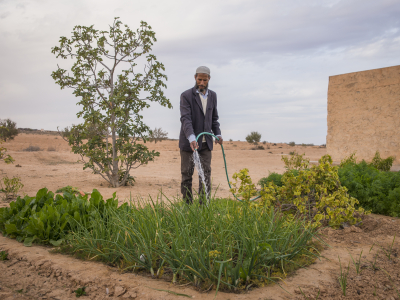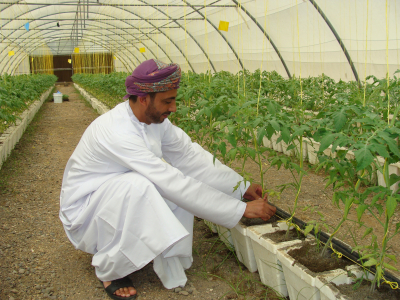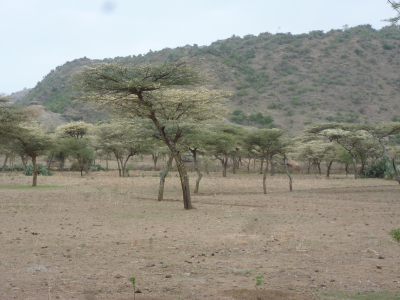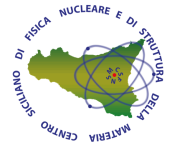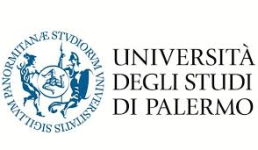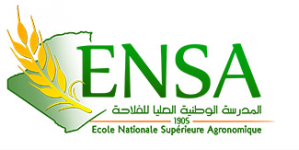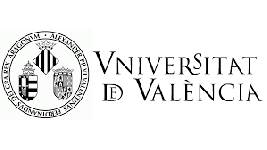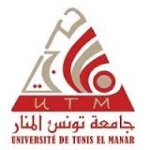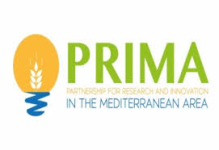SWRIPS aims to contribute to PRIMA Operational Objective 2 (WATER AND LAND SUSTAINABILITY
Development of a two-stage integrated purification system based on an innovative technology: aerobic granular biomass coupled with nanocomposite-based filters and integrated with a continuous solid-state optical monitoring system. The concept behind the prototype we intend to develop are: recover the water used in the agri-food industry for irrigation purposes, thus helping to reduce the problem of scarcity of freshwater but also the problem of salinization of the soil;
characterization and reuse granular sludge of waste water purification process as soil improvers for field crops; produce a matrix for fertilization through the use of excess sludge, without resorting to external fertilizers. These granular sludges, properly used for quality, chemical-physical characteristics, method of use and period of application, are a valuable contribution of humified organic substance to agricultural land going to recover valuable and irreplaceable substances such as phosphorus as well as carbon and nitrogen. One advantage is that nitrogen is released longer, so slow release fertilizers provide the nutrient for a longer period of time. An additional advantage is determined by the lower amount of fertilizer dissolved due to rain or irrigation;
provide, thanks to the innovative integrated monitoring system, a continuous control of the quality of the purified water, also guaranteeing the possibility of early warning in case of failure in any of the purification phases.
Sludge batch reactor technology (SBR) is a simple, mature and well-established technology. The innovation of granular sludge (GSBR) is easy to implement, even in less developed areas of the Mediterranean. In addition, the system we intend to develop would also have the characteristic of being transportable, so as to be able to optimizeits use based on the seasonality and the characteristics of the water to be treated, typical of the agri-food industry under study (citrus fruits in winter, tomato in spring-summer, oil autumn,etc.) The small granular biomass sludge wastewater treatment plants proposed prove to be flexible, modular, and cost- effectiveness, especially in Mediterranean rural areas is to avoid transporting wastewater at high cost over long distances.
Contribution to the expected impacts defined in the thematic area 1 WATER MANAGEMENT
purification processes, can be a benefit for rural populations of the inland areas of the Mediterranean, mainly characterized by small and very small farms family that could have great benefits from the construction of plants of this type supplied to local agricultural consortia;
Traditionally in the Mediterranean growing countries female labour force is employed in the agriculture. The introduction of smart technologies in the wastewater supply chain will not result in job losses but in a qualification opportunity for female labour;
The use of granular sludge as a biological soil improver may contribute to the reduction of the use of excess chemical fertilisers, reducing overall production costs while respecting the whole ecosystems. Organic farming is also a source of greater wealth as well as guaranteeing higher quality and respect for health
Pollutants removal and online water purification quality control and early warning system to measure the level of organic pollutants, heavy metals and microorganisms
The increase in the stock of water available for irrigation due to the use of purified water helps to mitigate the stress on drinking water. This helps to keep the waterways and lakes intact. In addition, the reduction of nitrogen released into agricultural land contributes to the reduction of eutrophication of surface water bodies.
